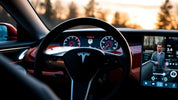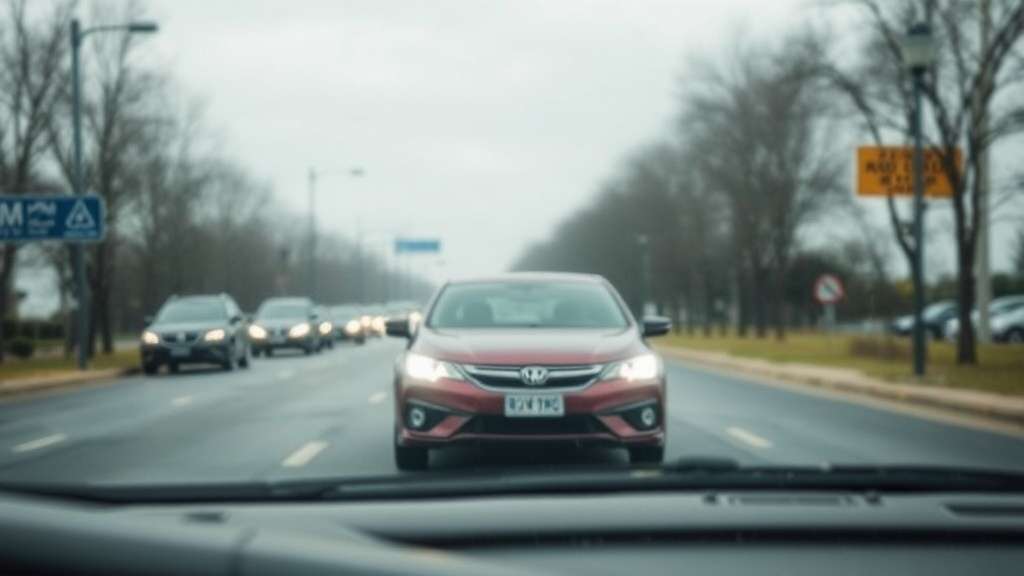
Unlock Tesla Autopilot Secrets: Hacking, Data Retrieval, and Ethical Implications Explained
, by Unboxify, 4 min reading time

, by Unboxify, 4 min reading time
In the world of autonomous vehicles, Tesla's Autopilot system stands out for both its cutting-edge technology and its secrecy. This blog delves into an investigation involving the hacking of a Tesla Autopilot computer to retrieve highly encrypted raw data that almost nobody outside of Tesla has access to.
Tesla's computer system records crucial information in the lead-up to a crash. This data indicates what obstacles the Autopilot system detected—or failed to detect. Tesla treats this information as a trade secret and it's usually not accessible to the public, making this data retrieval both significant and controversial.
An in-depth investigation, such as the one conducted by The Wall Street Journal, can help in understanding why Tesla vehicles on Autopilot have been involved in hundreds of crashes, some of them deadly.
Accessing this closely guarded data isn't straightforward. Here's a breakdown of the elaborate process:
First, you need to get hold of a wrecked Tesla. A skilled mechanic with an intimate knowledge of these vehicles plays a crucial role here:
Understanding the car's data fully requires pairing it with video footage recorded by the vehicle. This footage is usually saved on a USB drive located in the car's glove compartment.
While the video can show what was happening outside the car, it doesn't reveal if the Autopilot was on. That information resides on the car's computer.
To get to the data stored in the car's computer, you have to take apart the car itself and disconnect specific components:
The final step involves sending the Autopilot computer to a skilled hacker. The hacker uses specialized tools like a microscope and soldering equipment to gain direct access to the central processing unit:
The hacked data offers a treasure trove of information that can be crucial in post-crash investigations:
Combined, this data reveals the inner workings of Autopilot’s decision-making process in the moments leading up to a crash. This can be invaluable for understanding what went wrong and whether the Autopilot system or the driver was at fault.

While this process sheds light on Tesla's mysterious Autopilot system, it also raises a host of ethical questions:
Understanding the intricacies of Tesla’s Autopilot system can have far-reaching impacts:
In conclusion, the hacking of Tesla's Autopilot computer is a complex but revealing endeavor. It uncovers a wealth of data crucial for understanding the real-world performance and safety of autonomous driving systems. As we move closer to a future dominated by autonomous vehicles, such investigations will play a vital role in shaping both technology and policy.







